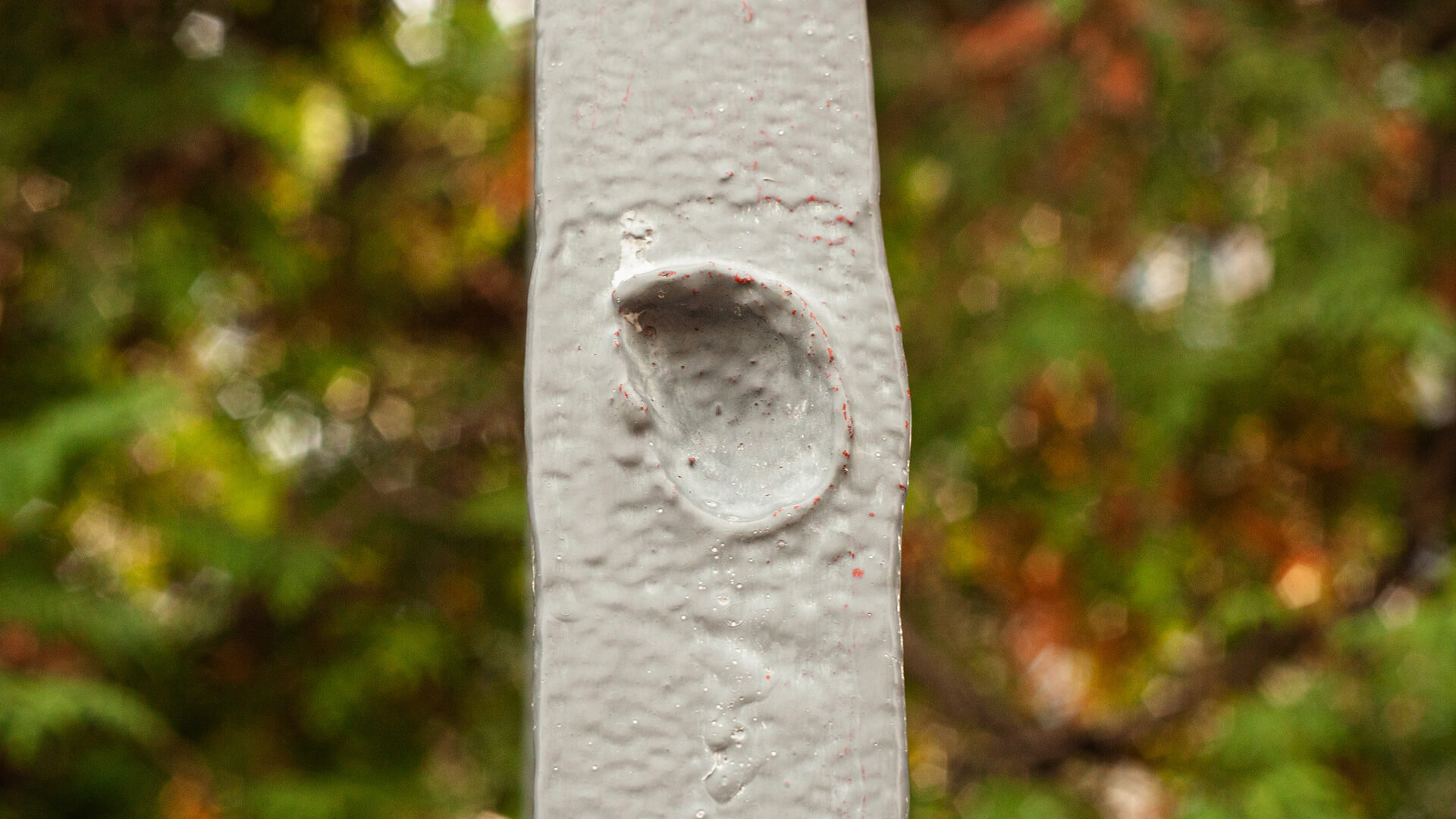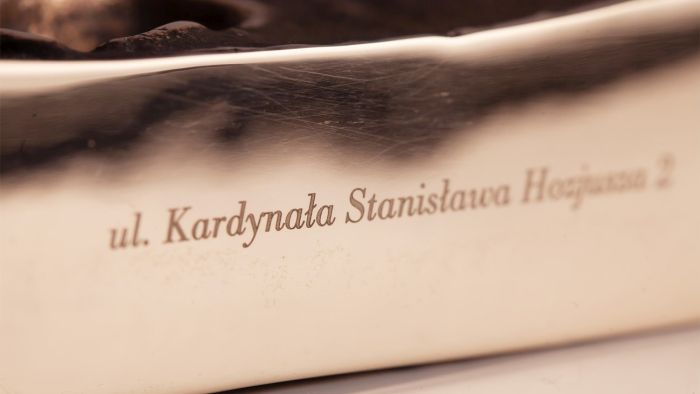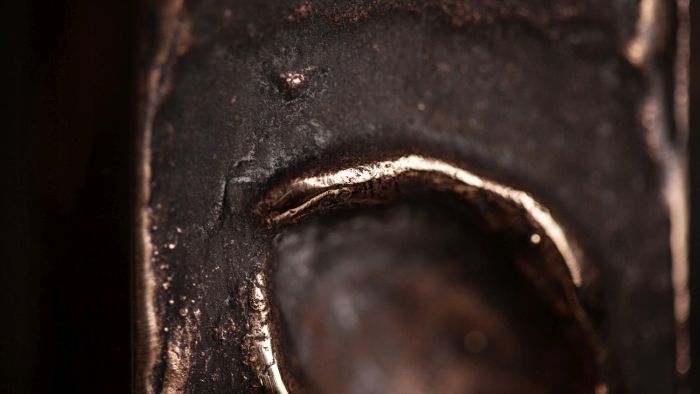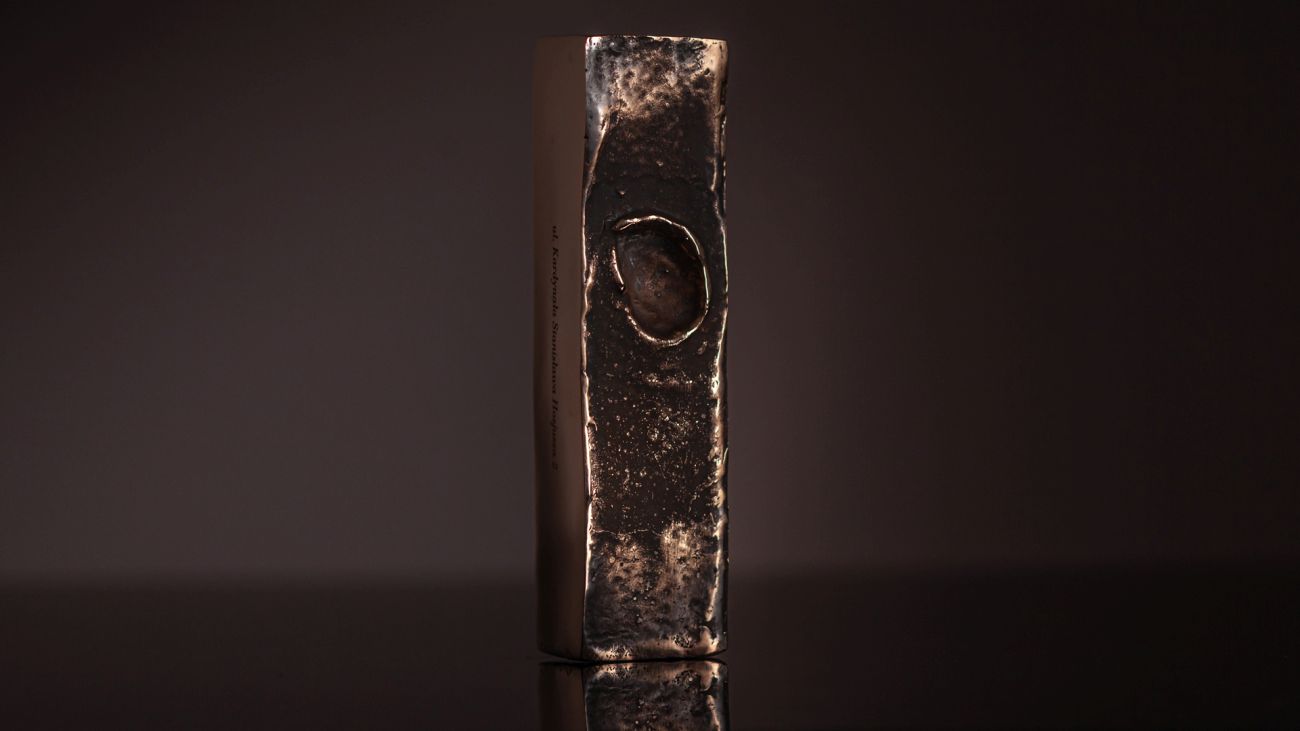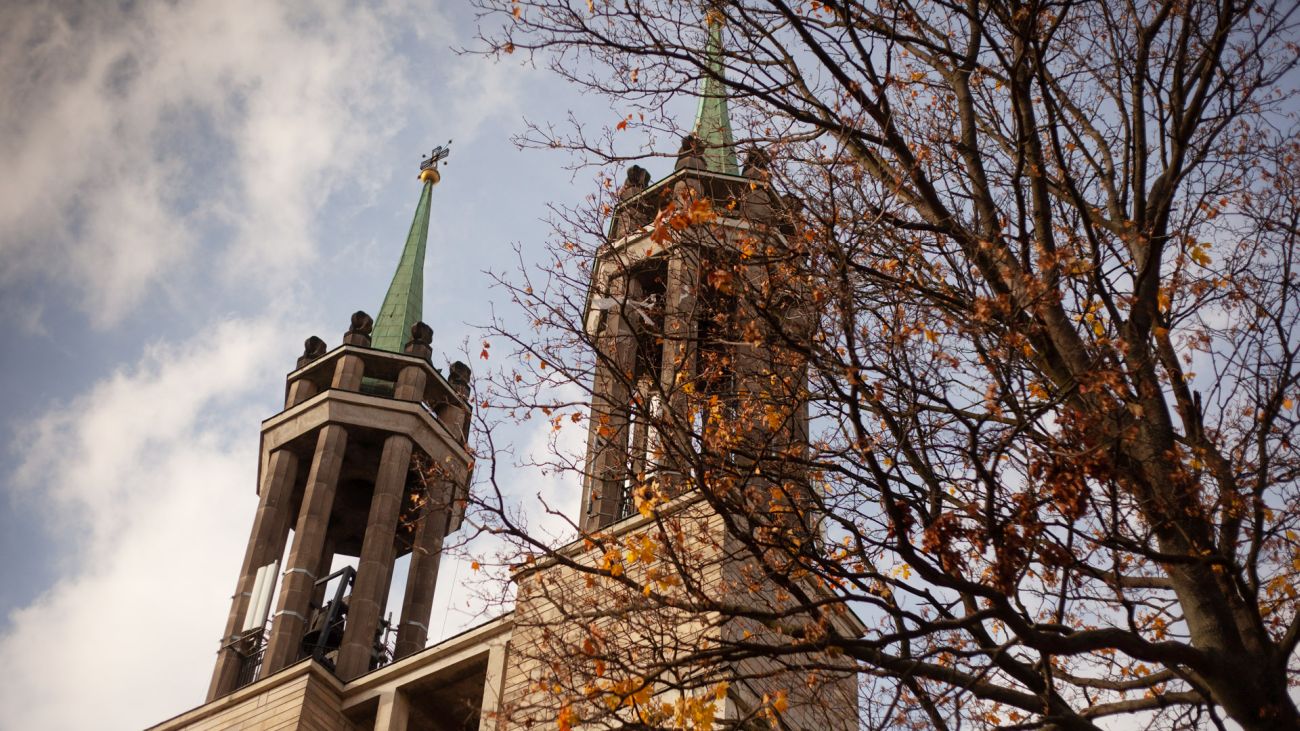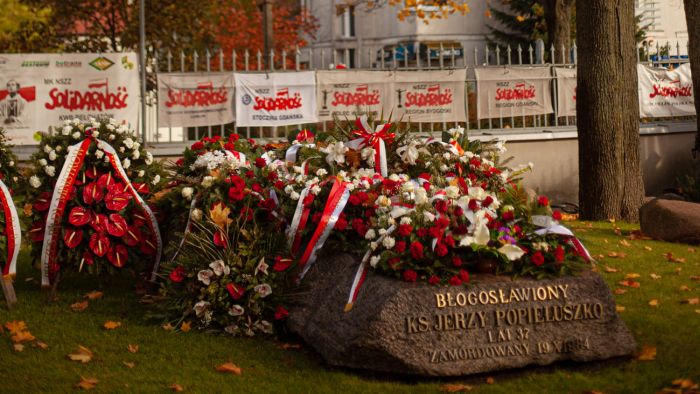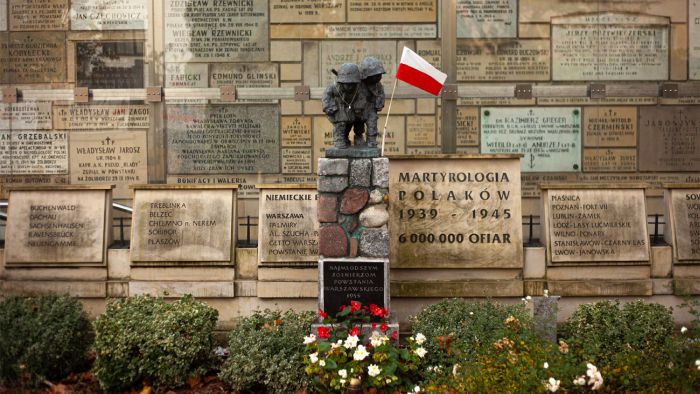Varsovians typically associate St. Stanisław Kostka church in Żoliborz with more recent events. It held monthly services in the intention of their homeland – led by Jerzy Popiełuszko, among others – which quickly turned into patriotic, anti-communist demonstrations. These events attracted thousands of devoted Catholics from different parts of the country. The NSZZ “Solidarity” banner for the Warsaw Foundry was blessed here, and in 1983, funeral rites were held for Grzegorz Przemyk, a high-school graduate beaten to death by the militia. On the 3rd of November 1984, crowds of people gathered to bid farewell to Jerzy Popiełuszko at his funeral in the church of St. Stanisław Kostka.
The construction of the temple according to a project by Łukasz Wolski started in 1930. In September 1939, the recently completed building was damaged by artillery fire and air raids during the Siege of Warsaw.
In the midst of the chaos of the Warsaw Uprising, the church, like many others, was converted into a field hospital. According to the report of 2nd Lieutenant Henryk “Grzymała” Rosik, the temple was occupied by almost 600 people at some point. New soldiers took their oath here and were sworn in to the insurgent forces.
For a while, the temple played an important strategic role for the insurgency as a weapon arsenal. It was mainly for this reason that heavy fighting took place in the area, which led to further damage to the structure of the church, especially its façade.
The repair work began in the 1940s. One of the first objectives was to restore the building to its previous, pre-war condition. This included the repair of bullet-holes caused by the armed conflict. Only the holes in the fence surrounding the church remain untouched.
Inside the temple and in its immediate surroundings we can find many reminders of the battles that took place here and of the people who participated in them. Several votive tablets dedicated to the soldiers and leaders of the Warsaw Uprising are embedded inside the church, and a memorial wall commemorating the martyrdom of Polish citizens is located outside. In front of it stands a statue of the youngest participants of the insurgency. The sculpture, which shows two boys leaning on each other in uniforms, has been designed by Jadwiga “Jadźka” Zboińska-Załuska, who experienced the events of 1944 first-hand.
